Archives
- 2025-10
- 2025-09
- 2025-03
- 2025-02
- 2025-01
- 2024-12
- 2024-11
- 2024-10
- 2024-09
- 2024-08
- 2024-07
- 2024-06
- 2024-05
- 2024-04
- 2024-03
- 2024-02
- 2024-01
- 2023-12
- 2023-11
- 2023-10
- 2023-09
- 2023-08
- 2023-06
- 2023-05
- 2023-04
- 2023-03
- 2023-02
- 2023-01
- 2022-12
- 2022-11
- 2022-10
- 2022-09
- 2022-08
- 2022-07
- 2022-06
- 2022-05
- 2022-04
- 2022-03
- 2022-02
- 2022-01
- 2021-12
- 2021-11
- 2021-10
- 2021-09
- 2021-08
- 2021-07
- 2021-06
- 2021-05
- 2021-04
- 2021-03
- 2021-02
- 2021-01
- 2020-12
- 2020-11
- 2020-10
- 2020-09
- 2020-08
- 2020-07
- 2020-06
- 2020-05
- 2020-04
- 2020-03
- 2020-02
- 2020-01
- 2019-12
- 2019-11
- 2019-10
- 2019-09
- 2019-08
- 2019-07
- 2019-06
- 2019-05
- 2019-04
- 2018-11
- 2018-10
- 2018-07
-
Our present data show that neuroleptics can affect
2020-03-07
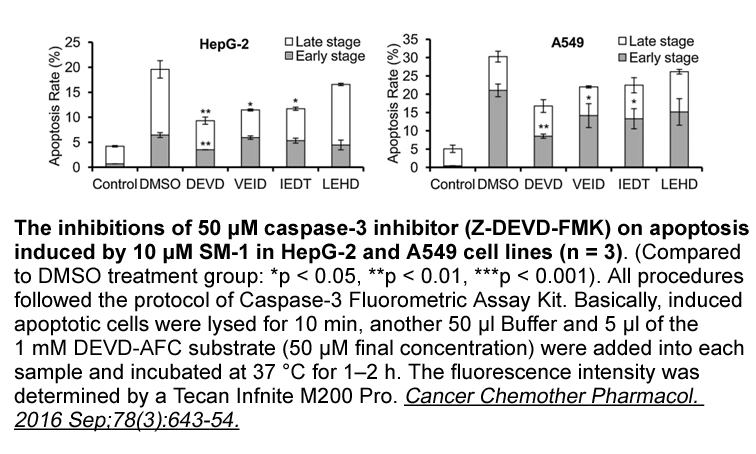
Our present data show that neuroleptics can affect CYP3A via a direct interaction with the enzyme and a significant indirect mechanism (enzyme regulation) produced in vivo. The obtained results revealed interactions of the neuroleptics (added in vitro to control liver microsomes, Model I) with rat C
-
br Acknowledgements br Introduction Chemokines are
2020-03-07

Acknowledgements Introduction Chemokines are a superfamily of chemotactic cytokines that play important roles in regulating cell migration and activation under inflammatory conditions (Nomiyama et al., 2008; Peatman and Liu, 2007; Zlotnik and Yoshie, 2000), such as angiogenesis (Arenberg et al
-
Recently it has been shown that among the ELR
2020-03-07
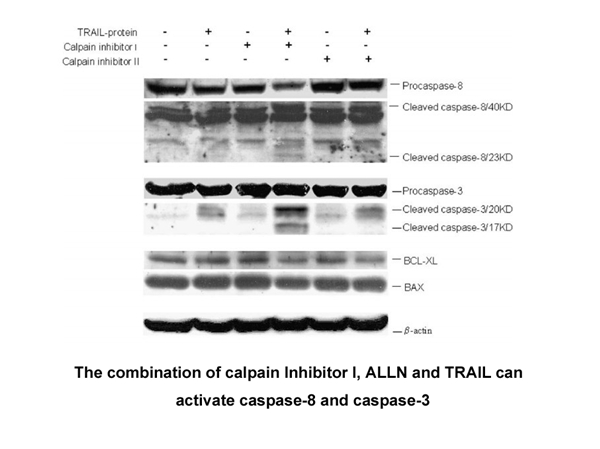
Recently, it has been shown that among the ELR (+) chemokines mentioned above, particularly IL-8 induces neutrophil migration via CXCR-1 chemokine receptor. For example, Godaly et al. [18] reported the potent role of CXCR-1 chemokine receptor in the process of neutrophil migration across epithelial
-
Previously we had proposed three possible models with
2020-03-06

Previously we had proposed three possible models, with one being that hCrm1 fundamentally interacted more favorably or strongly with Rev-RRE complex, compared to mCrm1. We decided to test that model, which was the simplest and most straightforward, by both biochemical and genetic means. By using bac
-
Fenofibrate Synthesis of and is described in Scheme Compound
2020-03-06
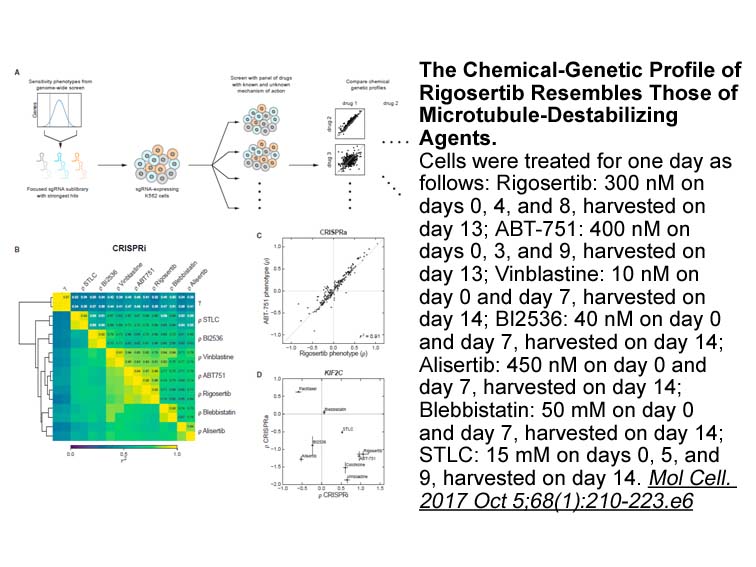
Synthesis of 5–7, 12–14, and 18 is described in Scheme 3. Compounds 5–7 and 18 were prepared as outlined in Scheme 3a. Reaction of 4-bromomethylbenzoic Fenofibrate (36) with thionyl chloride yielded the corresponding acid chloride, which was converted to the corresponding amide 40a by the usual amm
-
In the pleural exudates which reflect the in vivo
2020-03-06
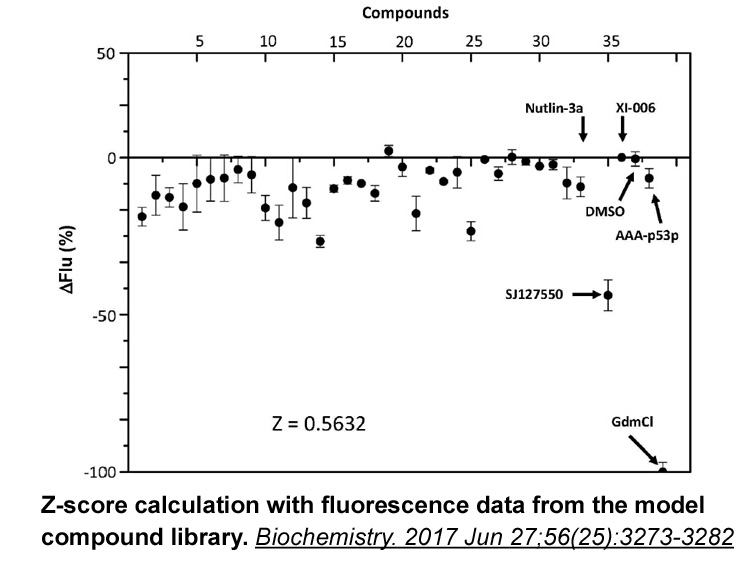
In the pleural exudates, which reflect the in vivo conditions, the concentrations of CysLTs and PGE2 were quite similar. However, when cancer Cyclophosphamide monohydrate were cultured for 24 h, both analyses of cell culture medium and cell incubations with Ca2+ ionophore showed low levels of CysLTs
-
AR 231453 The best preserved individuals were
2020-03-06

The best preserved individuals were selected for isotope analysis of diet (Table 2). These represent 21 individuals including four subadults: two young children aged between 1.5 and 2.5 years old, one child between 7 and 11 years old and one adolescent (12–16 years old), and 17 adults including six
-
Fermentation process for growth of
2020-03-06
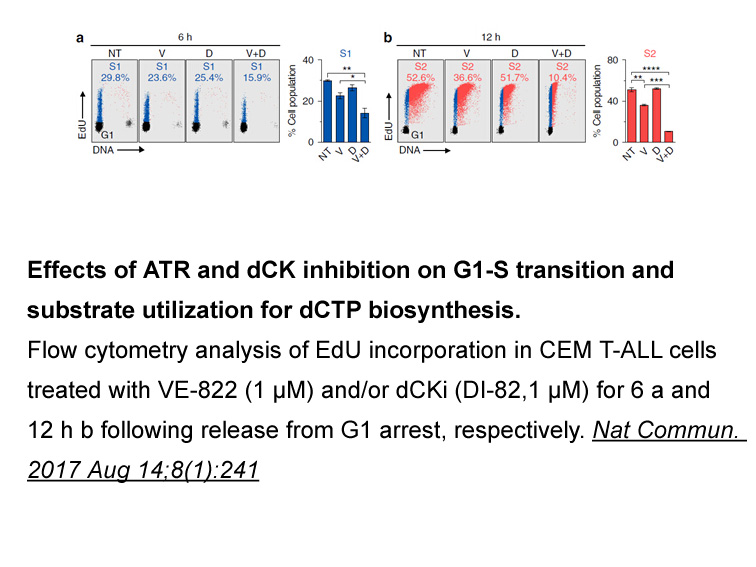
Fermentation process for growth of E. coli BL2(DE3)/pBMS–P3Hcys was carried out in 25- and 380-L fermentors containing 15- and 250-L medium, respectively. Cell yield of about 100g/L (wet cells) was achieved by feeding glycerol and Hy-yest during fermentation. Typical fermentation parameters are show
-
Our observation that nuclear but not
2020-03-06
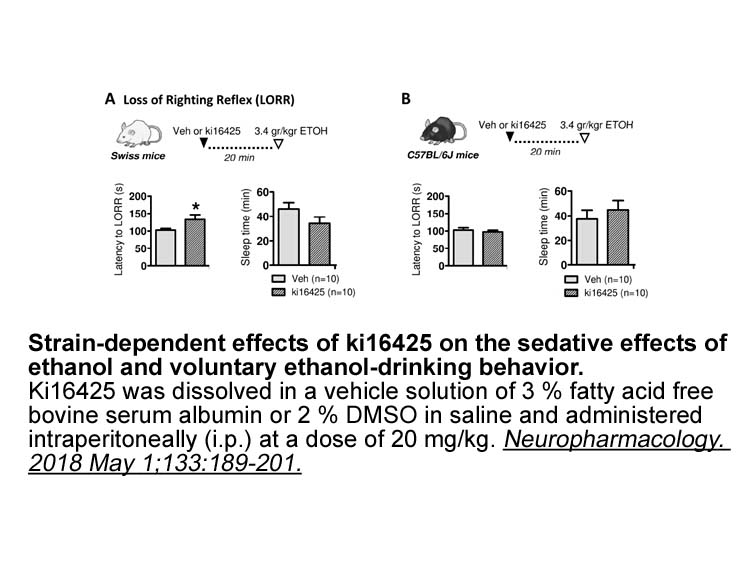
Our observation that nuclear, but not cytoplasmic EP4 expression is associated with different outcomes is interesting. In breast cancer, using the same methods, we did not detect EP4 in the nucleus of malignant AMG232 whereas cytoplasmic EP4 was commonly observed [13]. While G protein-coupled recept
-
IGF-1, human recombinant In some cases more than one CYP
2020-03-05

In some cases, more than one CYP450 enzyme may be involved in the metabolism of a drug, and an Eadie–Hofstee plot is usually more reliable for assessing the involvement of multiple IGF-1, human recombinant (Bu, 2006). Therefore, we first plotted the Eadie–Hofstee curves and observed their shape to d
-
Calpeptin A previous study suggested that DARs
2020-03-05
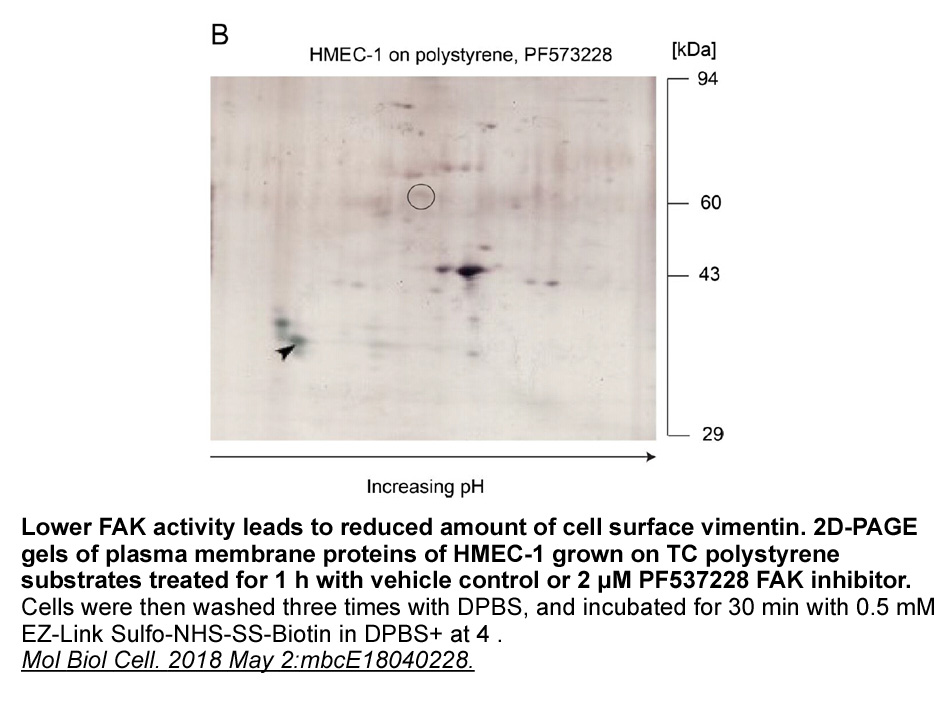
A previous study suggested that DARs and octopamine/tyramine receptors (OARs/TARs) have close pharmacological properties (Beggs et al., 2011). Their relationships were also supported by phylogenetic analyses (Balfanz et al., 2005, Hauser et al., 2008, Wu et al., 2014), indicating that some of DAR an
-
The data from the Sur lab have showed
2020-03-05
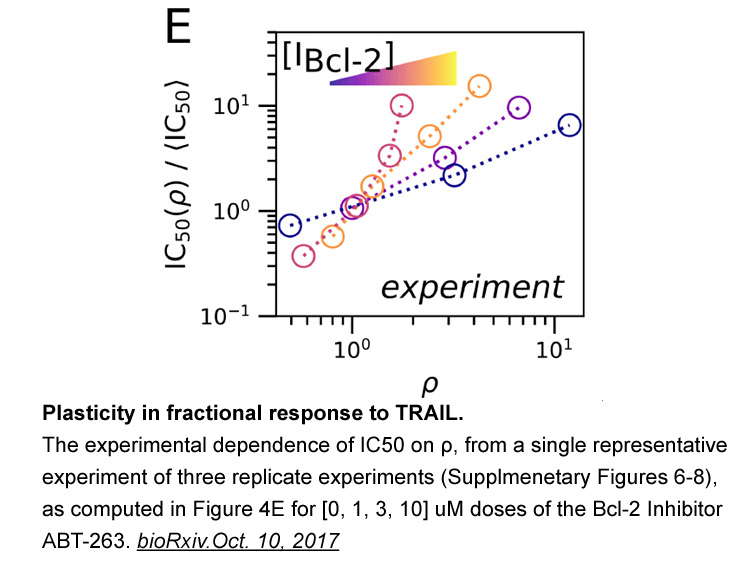
The data from the Sur lab have showed DNA-PK is involved in metabolic gene regulation in response to insulin. DNA-PK regulates fatty cudc synthesis by modulating the protein expression of fatty acid synthase (FAS) in a feeding-dependent manner. DNA-PK induces the activation of Upstream Stimulatory
-
br Results br Discussion Adult hand foot and mouth
2020-03-05

Results Discussion Adult hand, foot and mouth disease gets no particular research interest because it has been seen as a sporadic mild viral infection that spontaneously resolved in a few days. However, evidence showed that adults may act as latent enterovirus reservoirs. A serum epidemiologic
-
gnrh agonist Atg cleaves Atg at the peptide bond on
2020-03-05

Atg4 cleaves Atg8 at the peptide bond on the glycine residue at the C-terminus, thus allowing the conjugation of Atg8 to phosphatidylethanolamine (PE) with the participation of other autophagy molecules. Atg4 can also serve as a deconjugating enzyme, which cleaves the amide bond of the conjugated At
-
A number of immune relevant genes have
2020-03-05
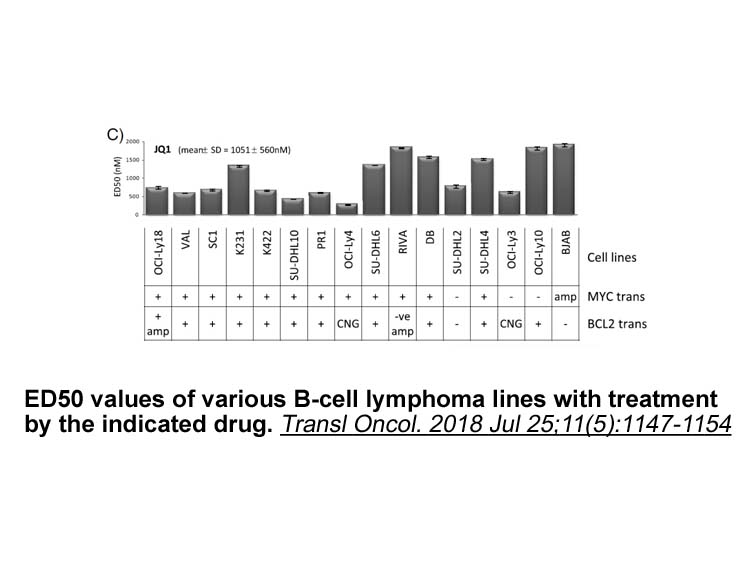
A number of immune-relevant genes have been studied to explore the immunologic mechanisms in large yellow croakers; however, the chemokine receptor CXCR family has never been studied in this organism. Chemokines are a large superfamily of chemotactic cytokines that are utilized to direct the traffic
15951 records 863/1064 page Previous Next First page 上5页 861862863864865 下5页 Last page